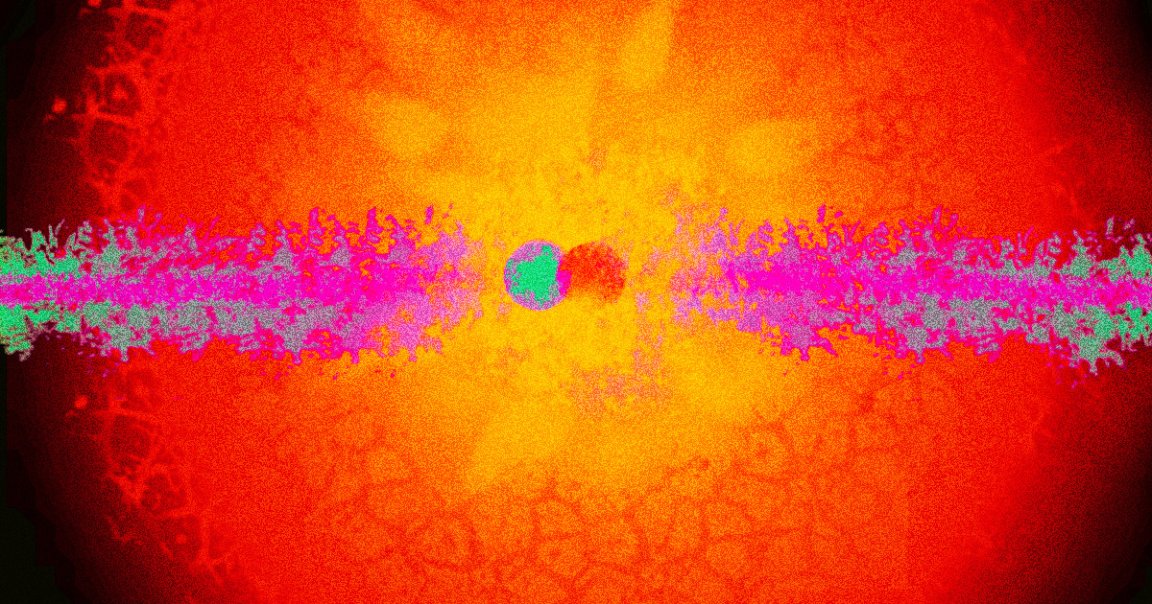
Live Fusion Reaction
More than two years since MIT claimed its scientists achieved a breakthrough in fusion energy, the university is claiming that new research “confirms” that the magnet-based design used in those tests isn’t just impressive in a lab setting, but is practical and economically viable, too.
These findings come from a comprehensive report which features six separate studies published in the journal IEEE Transactions on Applied Superconductivity this month, assessing the feasibility of the superconductor magnets used by MIT scientists in their landmark test conducted in September 2021.
“Overnight, it basically changed the cost per watt of a fusion reactor by a factor of almost 40 in one day,” Dennis Whyte, former director of MIT’s Plasma Science and Fusion Center and a professor of engineering, said in a release. “Now fusion has a chance.”
Compress For Success
Fusion is the process that powers stars, including our Sun. Small and abundant atoms like hydrogen are combined together, generating heat that can be harnessed for electricity. Unlike nuclear fission, the process produces little radiation, making it safer, and only needs hydrogen atoms for fuel rather than rare and dangerous elements like uranium and plutonium.
In stars, the immense gravity naturally smashes hydrogen atoms together in their cores, which is how they stay alight for millions if not billions of years. As puny humans, though, to compress atoms together we need to subject them to extremely high temperatures and pressures.
One strategy is to use a machine called a tokamak, a donut shaped chamber lined with massive superconducting magnets, to lock the hydrogen in place. Many fusion reactor designs use tokamaks, and Whyte believes that the findings show the devices “have a chance… to greatly reduce the size and the cost of objects that would make fusion possible.”
This Magnetic Coil
In their breakthrough, the MIT researchers used an experimental material called REBCO that allowed the magnets to be superconductive at 20 Kelvin — an only slightly warmer but far more practical temperature than what was previously possible.
But that wasn’t all. The researchers took a bold risk by removing the insulation — a standard measure to prevent short-circuiting — around the magnet’s coils of superconducting tape. This vastly simplified the design and had “the advantage of being a low-voltage system” explained Zach Hartwig, an associate professor at MIT’s department of nuclear science and engineering.
“It was very much a surprise to the community when we announced that it was a no-insulation coil,” he added. In their now landmark full-scale test, Hartwig said, the researchers built a 20,000 pound magnet capable of maintaining a magnetic field of over 20 tesla, which could be enough to support fusion reactions that achieve a net output of power.
On top of that, several tests showed that the design was highly robust and stable, able to withstand the extreme heat caused by a shutoff of power.
“Basically we did the worst thing possible to a coil, on purpose, after we had tested all other aspects of the coil performance. And we found that most of the coil survived with no damage,” Whyte said.
More on fusion: Fusion Facility Generates Twice the Power Put Into It